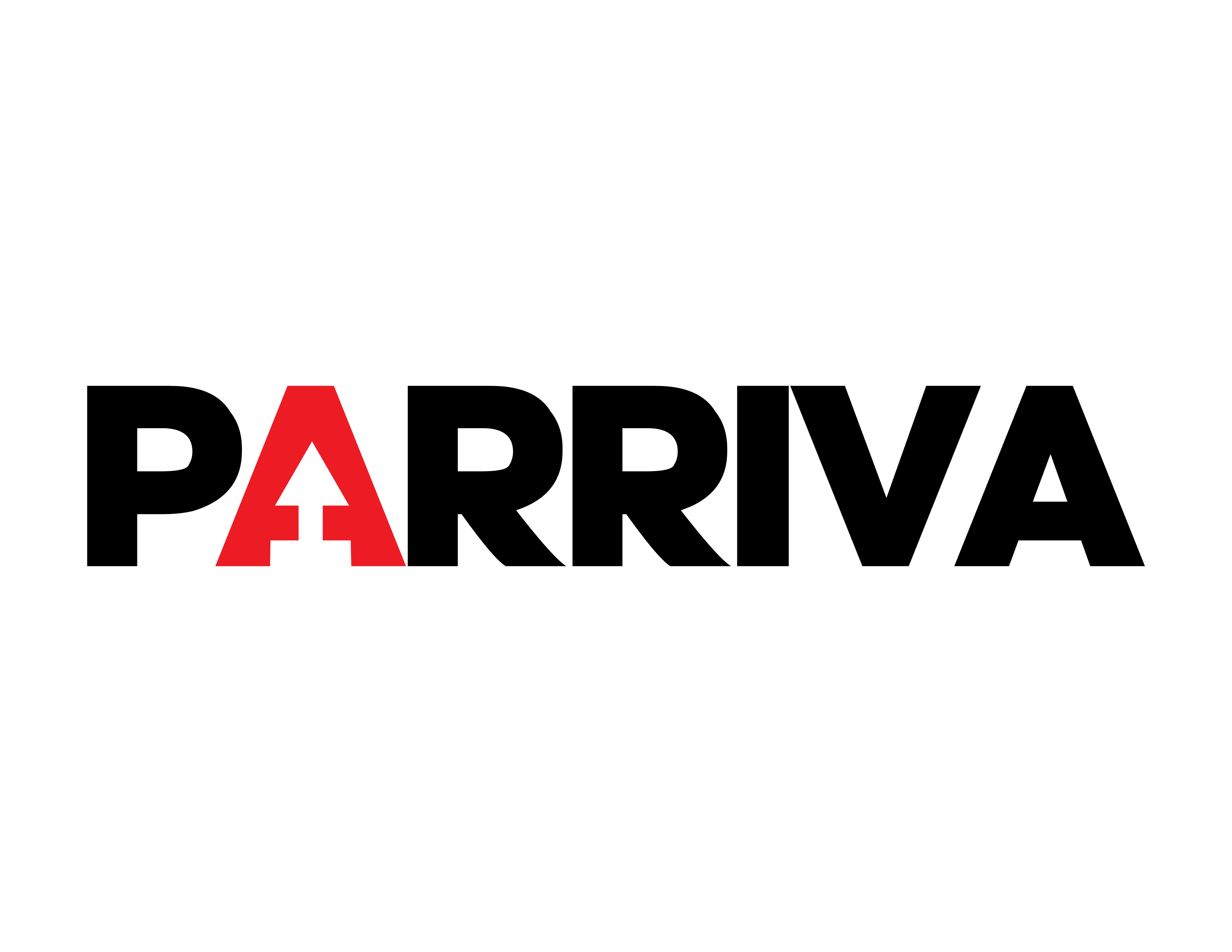Expert-backed strategies to make your presence unforgettable—especially in high-stakes networking and business settings.
Being someone who inspires trust generates empathy and leaves a lasting positive impression. This is essential when leading a team, attending networking events, or introducing yourself to potential investors.
In fact, in-person presentations often make a greater impact because the human factor is a true differentiator—people can inspire others through presence alone, explains Graham Davies, author of Learn to Speak Without Fear.
Confidence plays a pivotal role in networking and can be the factor that helps you build relationships, sell a product, secure investment, or close deals. But it’s not enough to have hard facts or a perfectly memorized speech—nonverbal communication is equally important.
If you feel nervous before a presentation, meeting, or speech, preparing your mind is key to avoiding stage fright—and that can be done through body language.
Research shows that 55% of communication is body language, 38% is tone of voice, and only 7% is the actual content of your words.
This means you could spend all night preparing your pitch, but it might only account for a small fraction of your impact. These numbers are eye-opening and highlight how crucial confidence and body language are in connecting with others.
For example, if you stand stiff while speaking, make abrupt movements, speak in a low tone, or rush your words—these are signs of nervousness. While perfectly understandable, they can unintentionally convey mistrust.
5 Expert Tips for Conveying Confidence
- Tone of Voice
Speak at a calm, steady pace with short pauses to help your audience absorb your ideas and give yourself a moment to breathe. Your message should be clear and direct—avoid going in circles or over-explaining.
Latino Community Insight: For bilingual speakers, especially those switching between Spanish and English, pacing is even more critical to ensure clarity in both languages.
- Posture
Stand straight but not rigid. While an upright stance can help you feel confident, overdoing it can come off as stiff or inauthentic. Aim for a posture that feels natural yet professional.
- Movements
Use smooth, intentional hand gestures to keep attention and signal confidence. Facial expressions, especially smiling, communicate empathy and warmth. Hand movements can also reinforce key points, helping audiences connect more deeply with your message.
Pro Tip: In many Latino cultures, expressive gestures and open body language are cultural strengths—use them to your advantage in diverse business settings.
- Eye Contact
Eye contact builds trust. Avoid looking away too often, as it may signal uncertainty. Distribute your gaze evenly among everyone in the room.
Cultural Note: In some Latino communities, prolonged eye contact can be seen as intense—so strike a balance that feels respectful and engaging.
- Clothing
Your outfit shapes the message you send. Dark tones project authority, while lighter colors communicate openness and empathy. Always test an outfit in a casual setting before wearing it to a high-stakes event—avoid debuting new clothes in crucial meetings like investor pitches.
Latino Professional Insight: Incorporating subtle cultural elements—like a patterned tie, jewelry, or fabric—can create connection points in multicultural networking environments.
One of the biggest fears in networking is making a mistake—whether it’s sharing an incorrect fact, tripping, or stumbling over your words. But these moments are not career-enders—they can be icebreakers.
The key is to acknowledge what happened, handle it gracefully, and move on. Vulnerability can actually humanize you, making you more relatable and trustworthy.
Dr. Albert Mehrabian, a communication expert from UCLA, reinforces this: “People will remember how you made them feel far longer than they will remember what you said.”
For many in the Latino community—especially first-generation professionals—navigating English-dominant corporate or networking spaces can feel intimidating. Understanding the weight of body language and tone can help bridge cultural gaps and amplify your presence.
Latino entrepreneurs, leaders, and advocates often bring warmth, resilience, and storytelling skills that naturally inspire trust. When paired with confident nonverbal communication, these traits can open doors in industries where representation is still growing.
In business and networking, how you show up can be just as important as what you say.








